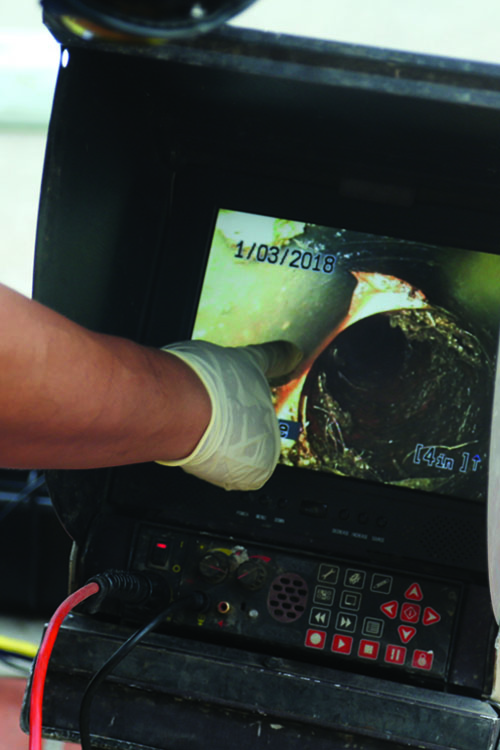
Removing blockages, debris, and buildup from drains and pipes to ensure proper water flow.

Fixing damaged or cracked pipes and drainage systems to prevent leaks and water damage.

Installing new drainage systems, including pipes, drains, and sewage lines, for residential and commercial properties.

Providing 24/7 assistance for urgent drainage problems like sewer backups or major leaks.

Providing expertise and recommendations on drainage system design, upgrades, and improvements.

Clearing clogged drains, toilets, or sewers caused by obstructions like tree roots, grease, or foreign objects.

Using cameras and diagnostic tools to assess the condition of drains and identify issues.

Designing and implementing systems to handle excess rainwater and prevent flooding.

Offering regular maintenance plans to prevent issues and prolong the lifespan of drainage systems.

Drainage Service
Despite the label, “flushable” wipes can still cause clogs in your toilet and sewer lines. Dispose of them in the trash instead.
Scrape food scraps into the trash or compost bin rather than washing them down the kitchen sink.
Only flush toilet paper and human waste down the toilet. Avoid flushing items like cotton balls, dental floss, or sanitary products.
If you have trees near your sewer lines, be vigilant for signs of tree root intrusion, such as slow drains or sewage backups. Address this issue promptly.
Consider scheduling regular professional drain inspections to catch potential problems early.
Avoid using harsh chemicals to clear clogs, as they can damage pipes over time. Opt for natural or enzymatic drain cleaners when needed.
If you have a septic tank, follow a regular maintenance schedule for pumping and inspections.
Make sure everyone in your household knows what can and cannot go down the drains or toilets to prevent accidental blockages.
In flood-prone areas, consider installing backflow preventers to keep sewage from backing up into your home during heavy rains.